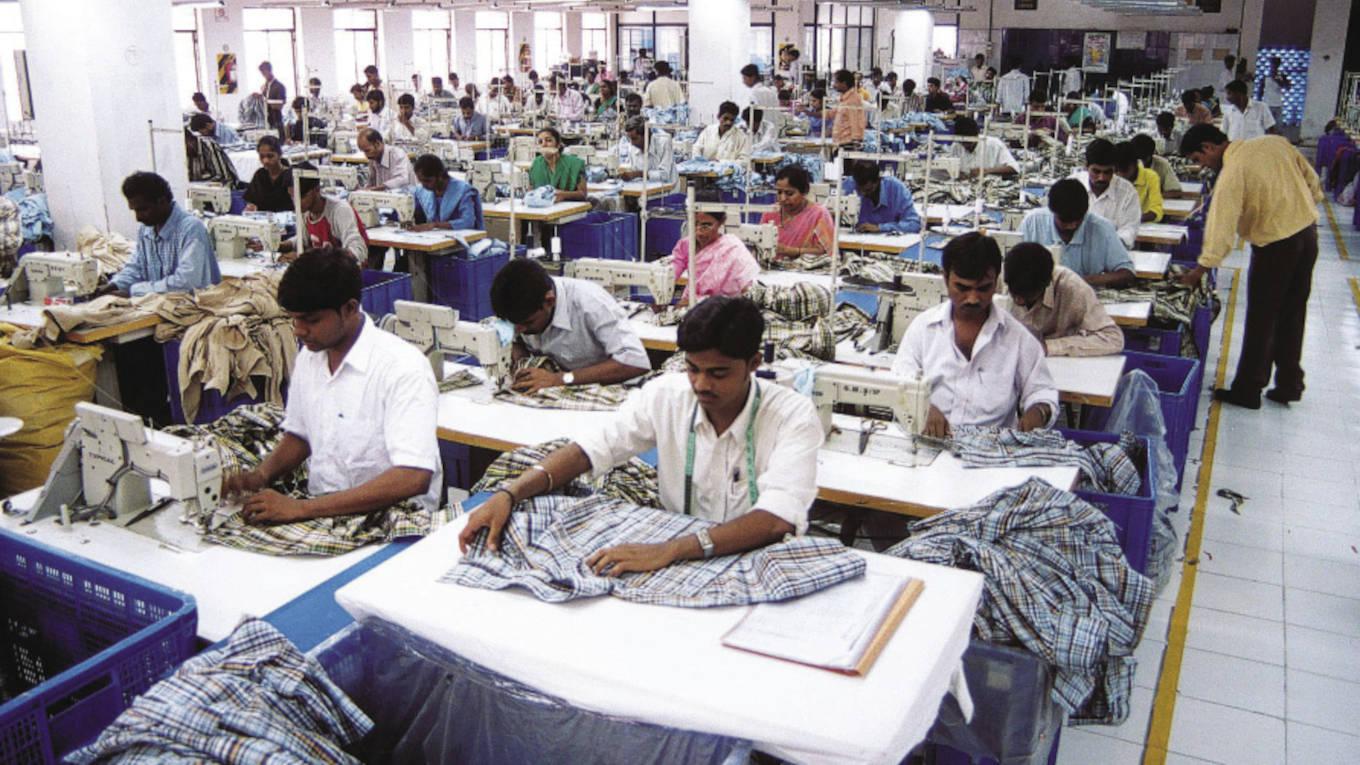The year 2021 could be termed as a significant year for the Indian textile industry. During the course of the year, the industry across the value chain has recovered quite well post the pandemic-related challenges. In fact, the last few years have been quite sluggish for the industry. But the last few months have undoubtedly seen a big turnaround for the industry. The demand in most segments, ie yarn, home textiles to fabrics, made-ups and apparel, has shown significant improvement. Both domestic and export markets have been buoyant. The US ban on textiles and other products from China’s Xinjiang region recently as also the China Plus One sourcing strategy by importing countries, has only added to this buoyancy for Indian manufacturers of textiles. Lately, many MNCs have been adding new operations in other developing Asian countries like India, Vietnam, Thailand, Bangladesh and Malaysia, and are welcoming new manufacturing opportunities. In fact, the Indian spinning sector is looking to add huge capacity in order to meet global demand. As per an estimate, domestic spinning mills have been adding around 200,000 spindles every month in the last few months and the process is likely to continue in the coming months. “Except for a few challenges in the initial portion of the year, the overall period of CY2021 has been quite favourable for the Indian textile industry. Both domestic and global demand has been on the upswing and as an industry we have been quite proactive in availing of these opportunities. Going forward, in the coming year (2022), the industry will gain further momentum,” says T Rajkumar, Chairman of the apex textile industry body, Confederation of Indian Textile Industry (CITI). The cumulative value of exports of textiles and apparel (including jute, handloom products, leather apparel and others) from India for the period April-October 2021 was $233.54 billion (Rs17,30,104.50 crore) as against $150.54 billion (Rs11,24,418.69 crore) during the period April-October 2020, registering a positive growth of 55.13 per cent in dollar terms (positive growth of 53.87 per cent in rupee terms). As compared to April-October 2019, exports in April-October 2021 exhibited a positive growth of 25.97 per cent in dollar terms and 33.06 per cent in rupee terms. A golden opportunity “Covid-19 has triggered the redistribution of global trade shares and a recalibration of sourcing patterns (China Plus One sourcing), providing a golden opportunity for Indian textiles to stage a turnaround and regain a leadership position as a top exporting economy. We believe India’s textile industry should target 8-9 per cent CAGR during 2019–2026, driven by domestic demand growth and significant growth in annual exports of textiles and garments,” says a report by the Confederation of Indian Industry (CII) and global consulting firm Kearney. As per the report, textiles and apparel exports (excluding handlooms, jute, leather apparels and others) from India are estimated to grow by 81 per cent to $65 billion by 2026 from the pre-Covid level of around $36 billion in 2019 due to the global China Plus One sentiment. The jump is likely to generate 7.5-10 million new jobs. A large part of this targeted rise – or around $16 billion – may come from the ‘China Plus One’ sentiments and are connected with India’s relatively large strategic depth compared with Vietnam or Bangladesh. “We believe that with the right actions from industry majors and robust execution of government schemes, India can hit $65 billion in exports (implying 9-10 per cent compound annual growth rate) by 2026. This, coupled with growth in domestic consumption, could propel domestic production to reach $160 billion,” says Siddharth Jain, partner, Kearney. “For Indian exporters, factors giving rise to optimism were the increasing aversion of buyers to deal with China, the continued difficulty of travelling to China, and the coming to an end of the LDC status of Bangladesh. The aggressive approach of the Commerce Ministry to close various FTAs is an additional bonus,” says Rahul Mehta, past president, Clothing Manufacturers’ Association of India.
-

Year 2021 was indeed an eventful year for the textile sector; photo: Sanjay Borade

































